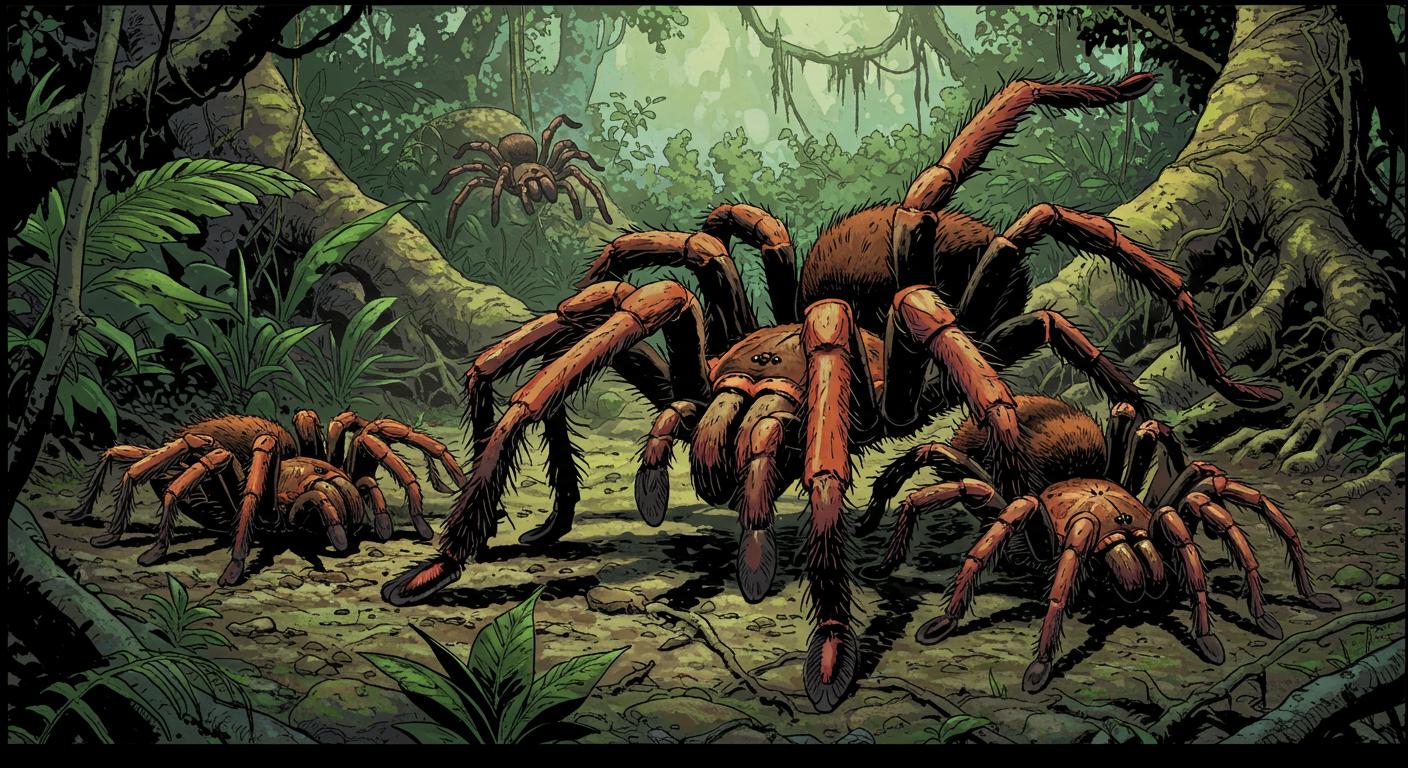Every now and then, natural history coughs up a story that feels specifically engineered to remind us just how little we’ve seen. Such is the case with the recent debut of four newly identified tarantula species, which, as chronicled in NewsNation’s report, boast a trait that’s hard to ignore—by both scientists and, presumably, other tarantulas.
New Genus, New Records
Unearthed in the Arabian Peninsula and the Horn of Africa by a team at the University of Turku, these four burrowing spiders aren’t just newcomers; they’re so strikingly different from their closest relatives that researchers have put them in an entirely new genus they’ve christened Satyrex. This classification, the outlet explains, was motivated by a combination of morphological and genetic discoveries. Notably, these spiders’ most headline-grabbing feature lies in the size of their palps—specialized reproductive appendages—which stretch out a staggering 2.23 to 3.85 times longer than the spider’s carapace. That’s a scale that would make even the boldest of evolutionary diagrams blink twice.
The name “Satyrex” is itself a nod to anatomical grandeur. As detailed by NewsNation, researchers blended the mythic Greek satyr—iconically linked with lascivious behavior, and other, well, endowments—with the Latin word “rex” for king. Their rationale for such distinct recognition? A combination of morphological uniqueness and, let’s say, genre-defining proportions.
Keeping Their Distance—Out of Necessity
But what advantage does being so unusually equipped actually confer? The answer, it seems, lies in survival rather than mere spectacle. The article outlines the prevailing hypothesis among arachnologists: these elongated palps serve as a vital safety mechanism. In the grim romantic ecosystem of tarantulas, female spiders are notorious for dispatching and devouring their suitors post-mating. Researchers, as the story documents, suggest that the extra reach allows male tarantulas to perform their reproductive duties while maintaining a relatively safe buffer from the jaws of a potentially hungry mate. Essentially, this adaptation means more spiderlings and fewer loved-and-lost stories in the tarantula world.
Although this theory is compelling, the University of Turku team is careful to qualify it. As recounted by the outlet, scientists emphasize that their ideas about the evolutionary function of these outsized palps remain provisional, pending further direct observation of actual spider courtship and mating behaviors. It seems even in science, patience is required to see how things play out.
The Irrepressible Oddity of Evolution
With every new addition to biology’s bestiary, nature manages to stay several steps ahead of our expectations—and, in this case, our sense of decorum. The arrival of the Satyrex genus, defined by unprecedented reproductive appendages and immortalized in a name that quietly winks at its own notoriety, is a reminder that evolution’s toolkit is as practical as it is unpredictable.
What else is out there, quietly living its best life in some overlooked burrow, waiting to spin science into another tale equal parts unlikely and true? It’s hard not to feel a certain admiration for the obscure, perfectly adapted creatures that push the boundaries of what’s known—and for the biologists who chase after them, magnifiers in hand and eyebrows presumably raised. The rest of us, meanwhile, are left to marvel: Just how much evolutionary drama unfolds nightly in the corners of the animal kingdom, entirely unnoticed by human eyes?







